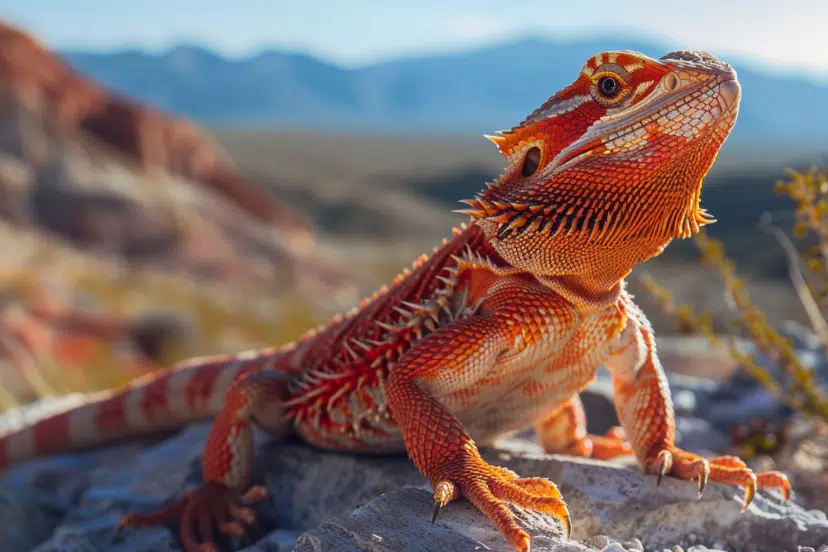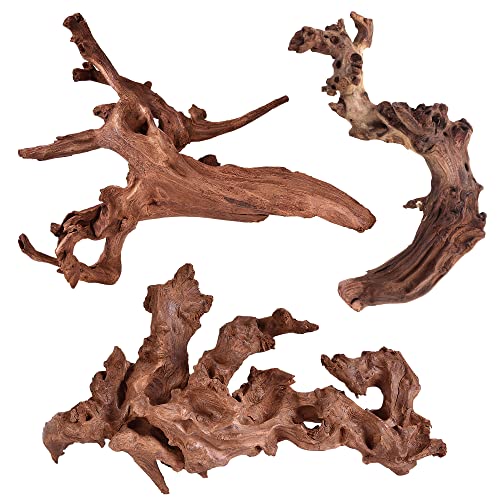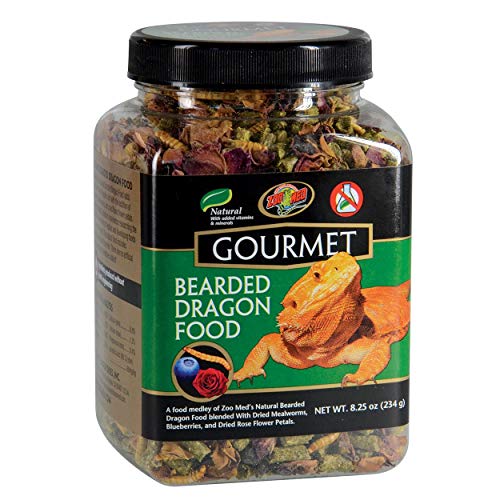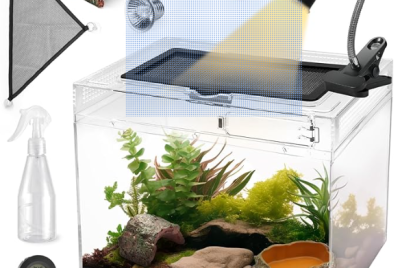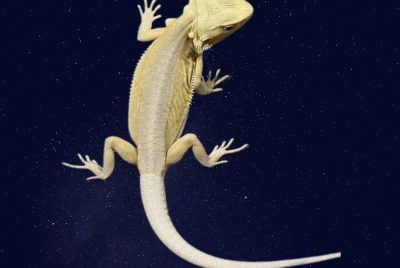Red Monster Bearded Dragon: Complete Care Guide
Introduction to Red Monster Bearded Dragons
As a long-time reptile enthusiast, I can’t tell you how fascinating Red Monster Bearded Dragons are. Known for their striking red coloration and docile temperament, these reptiles make fantastic pets for beginners and experienced keepers alike. Whether you’re new to the reptile world or a seasoned hobbyist, caring for a Red Monster Bearded Dragon can be a rewarding experience.
Understanding the Unique Temperament of Red Monster Bearded Dragons
Red Monster Bearded Dragons are known for having one of the best temperaments of all lizard species. They’re naturally calm, and most seem to enjoy human interaction. Their spikes give them a prehistoric, intimidating look, but don’t let that fool you—these dragons are surprisingly gentle.
Why Red Monsters Make Great Pets
One of the reasons I love Red Monster Bearded Dragons is their engaging personalities. They often watch your every move, sometimes even pacing in their tanks, as if asking for attention or food. Their friendly nature makes them easy to handle, even for children (with supervision), and their manageable size adds to their appeal.
Handling Your Red Monster Bearded Dragon Safely
When handling your Red Monster, always approach them slowly and support their entire body with both hands. Avoid quick movements, and make sure you’re in a calm environment. With regular handling, your bearded dragon will become accustomed to human interaction and may even look forward to spending time with you.
Choosing the Right Housing for Red Monster Bearded Dragons
A proper enclosure is essential for your Red Monster’s health and happiness. You’ll want to ensure their vivarium is large enough to allow for activity, basking, and hiding spots.
Tank Size and Materials
For baby dragons, a smaller enclosure (30 inches long) is fine for the first few months. However, as they grow, a minimum of a 4-foot by 2-foot tank is necessary for an adult. Glass tanks are popular, but custom wood or molded plastic enclosures can work too—just be mindful of cleaning ease.
Ideal Setup: Creating a Comfortable Habitat
Red Monsters need an environment that mimics their natural desert habitat. Provide branches for climbing, rocks for basking, and a couple of hides to allow them to retreat when needed. You’ll also want to ensure a temperature gradient so they can thermoregulate comfortably.
Best Substrate for Red Monster Bearded Dragons
The right substrate plays a huge role in the comfort and safety of your dragon. Some substrates can cause impaction, a dangerous condition where the dragon ingests particles that block the digestive tract.
Safe and Unsafe Substrate Options
I recommend using sand or fine gravel as they closely resemble their natural habitat and are easy to clean. However, avoid wood chips or loose bedding that can harbor insects and make it difficult for your dragon to find food. Alternatively, newspaper, alfalfa pellets, or cage carpet are safe options, but be sure to keep them dry and mold-free.
How to Maintain a Clean Habitat
Spot clean your dragon’s habitat daily by removing waste and uneaten food. Once a week, do a more thorough clean, replacing the substrate and disinfecting the enclosure. This will keep your Red Monster’s environment safe and sanitary.
Lighting and Heating: Essential for Health and Comfort
Bearded dragons are ectothermic, meaning they rely on external sources of heat to regulate their body temperature. Proper lighting and heating are crucial for their overall health.
Understanding UVB and Heat Requirements
Your Red Monster will need a basking area with a temperature between 90-100°F (32-37.7°C). The cooler side of the tank should be between 76-86°F (24-30°C). At night, temperatures should drop no lower than the low to mid-70s. UVB lighting is also vital, as it helps your dragon absorb calcium and prevents metabolic bone disease.
Setting Up the Right Basking and Cooling Areas
Position the heat lamp on one end of the enclosure with a basking rock directly underneath it. This allows your dragon to warm up in the morning and regulate their temperature throughout the day. Be sure to keep all lighting and heating fixtures outside the tank to avoid accidental burns.
Feeding Your Red Monster Bearded Dragon
Red Monsters love to eat, and providing a balanced diet is key to their health. A combination of live insects, vegetables, and occasional fruits will keep them thriving.
Staple Foods and Treats
Insects such as crickets, mealworms, and dubia roaches should be their primary protein source, while leafy greens like collard greens, mustard greens, and squash can make up their plant intake. You can offer fruits like berries or melons occasionally, but avoid overfeeding sugary fruits.
How Often to Feed Your Bearded Dragon
Feed younger dragons 2-3 times a day, while adults can be fed once a day or every other day. Be sure to remove uneaten food promptly, especially live insects, to avoid stressing your dragon.
Hydration and Watering Tips
Although Red Monsters come from dry, arid regions, they still need water to stay hydrated.
Providing Water and Monitoring Hydration Levels
Place a shallow water dish in the enclosure, refreshing it daily. Mist your dragon occasionally, especially in hotter climates. Keep an eye on their hydration levels by monitoring their skin and eyes—healthy dragons will have smooth, hydrated skin and bright eyes.
Recognizing Dehydration and Hydration Problems
Signs of dehydration include wrinkled skin and sunken eyes. If you notice any of these symptoms, increase misting and offer fresh water more frequently.
Enrichment and Interaction with Red Monster Bearded Dragons
Enrichment is essential for keeping your dragon happy and active. Boredom can lead to stress, so it’s important to provide a stimulating environment.
Enrichment Ideas to Keep Your Beardie Active
Add logs, rocks, and climbing structures to their enclosure. You can even rotate the décor to keep things interesting for your dragon. Some owners also enjoy letting their dragons out of the vivarium for supervised exploration.
Socializing Your Dragon: Building Trust
To build trust, handle your dragon regularly but gently. Speak to them softly and give them time to adjust to your presence. Over time, your Red Monster will associate you with positive experiences and enjoy interacting with you.
Health and Wellness: Monitoring Your Red Monster’s Health
Your Red Monster Bearded Dragon’s health is something you’ll want to monitor closely. Regular observation and proper care can prevent many common issues.
Common Health Issues and How to Avoid Them
Keep an eye out for metabolic bone disease, respiratory infections, and parasites. A balanced diet, proper UVB exposure, and a clean habitat are essential to preventing these issues.
Regular Vet Visits and Preventative Care
Schedule annual check-ups with a reptile vet to ensure your bearded dragon is in good health. Regularly check for signs of illness and don’t hesitate to contact your vet if you notice anything unusual.
Ensuring a Happy and Healthy Life for Your Red Monster
By providing the right care, from the perfect enclosure to a balanced diet and regular interaction, you’ll help your Red Monster Bearded Dragon thrive. These unique reptiles are incredible companions, and with proper attention, they’ll live a long, healthy life.
FAQs
1. Can Red Monster Bearded Dragons Be Housed Together?
It’s not recommended to house multiple bearded dragons together, as they are territorial and may become aggressive toward each other.
2. What Is the Ideal Tank Size for Red Monster Bearded Dragons?
A minimum of a 4-foot x 2-foot tank is recommended for adults, with larger being better for activity and comfort.
3. How Often Should I Replace the UVB Bulb?
UVB bulbs should be replaced every 6-12 months, even if they still emit light, as their UVB output decreases over time.
4. What Should I Do If My Bearded Dragon Stops Eating?
Check the enclosure’s temperature and lighting first. If the conditions are correct and your dragon still refuses to eat, consult a reptile vet.
5. Do Red Monster Bearded Dragons Require Special Care?
They require the same care as other bearded dragons, but they may benefit from regular handling and enrichment due to their calm temperament.

